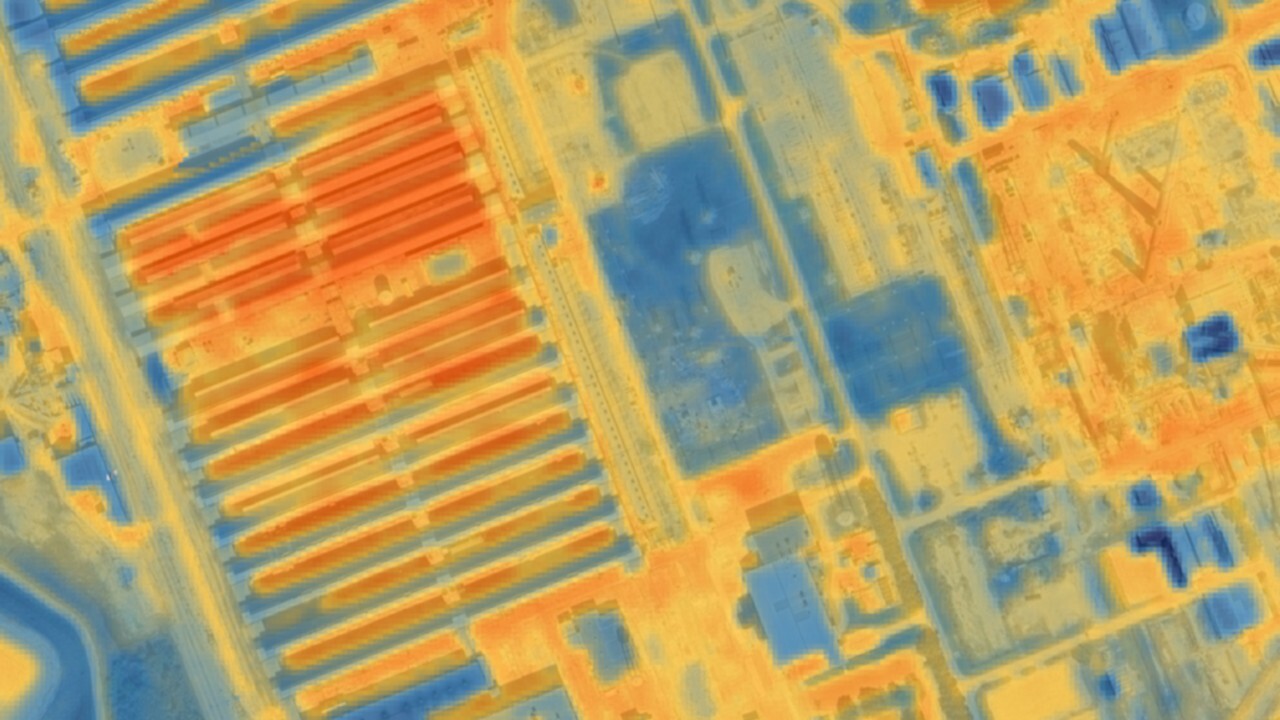Venus shines at its highest in the night sky this week. How to see it.
The planet will shine brightly in the evening for a few nights before sinking toward the horizon.
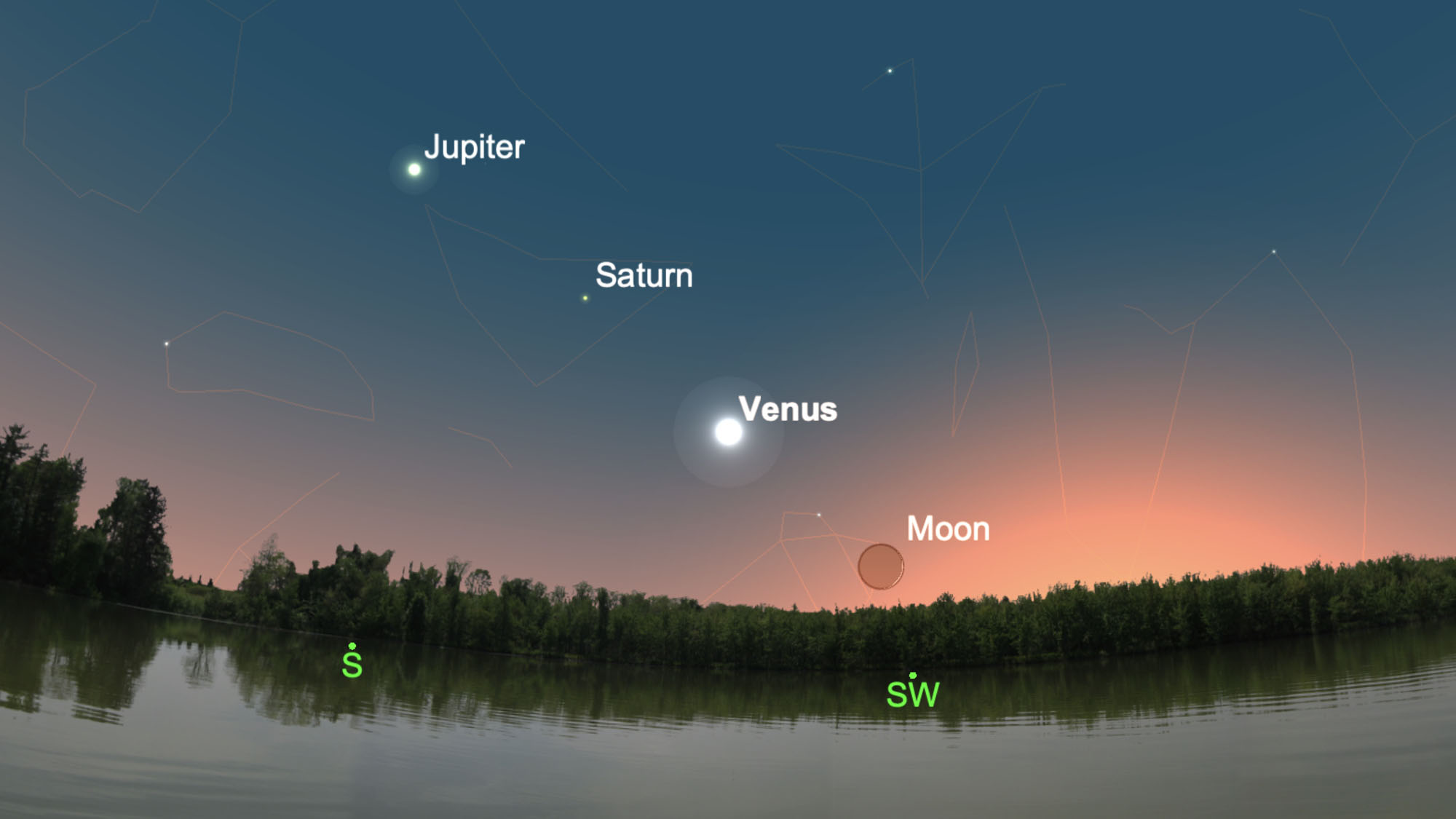
Venus is at its best for viewing in the coming days, so make sure you don't miss the opportunity.
The volcanic, hellish planet will shine serenely at dusk at its highest altitude in our night sky, starting Sunday (Dec. 5). It's so bright, at magnitude -4.4, it will easily be visible to the naked eye and outshine everything around it but the moon.
While Venus has climbed higher in past orbital cycles, it will still be as much as 20 degrees above the horizon at sunset in New York City, according to EarthSky. Venus will then be at its brightest on Monday (Dec. 7) as it races towards inferior solar conjunction, passing close by the sun (from our perspective) in January.
Related: Best night sky events of December 2021 (stargazing maps)
If you take a photograph of Venus and the moon let us know! You can send images and comments in to spacephotos@space.com.
If you're looking for binoculars or a telescope to see planets like Venus in the night sky, check our our guide for the best binoculars deals of 2021 and the best telescope deals now. If you need equipment, consider our best cameras for astrophotography and best lenses for astrophotography to prepare for the next planet sight.
Between Dec. 6 and Dec. 10, NASA says you can also chase the crescent moon as it visits a series of planets in the sky in turn: Venus, Saturn and Jupiter. The moon serves as a great "wayfinder" for planet-hunting when you're new to astronomy. The reason all these worlds are so close is they orbit the plane of our solar system, known as the ecliptic.
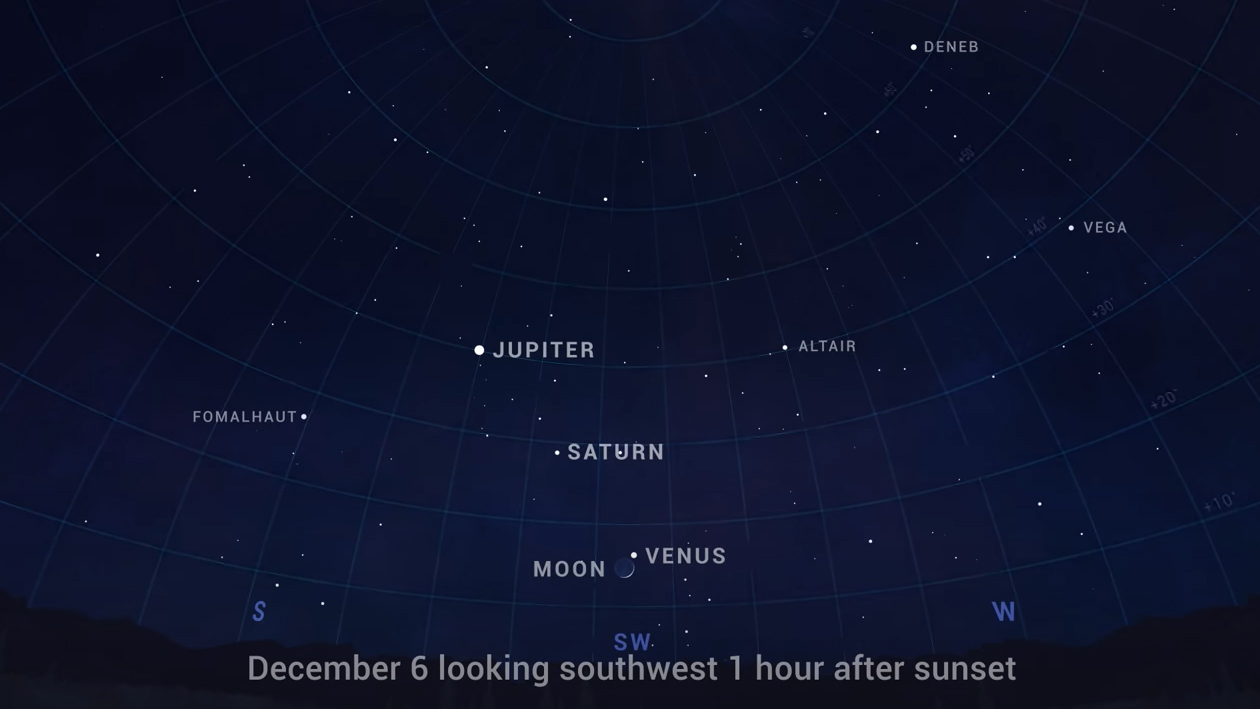


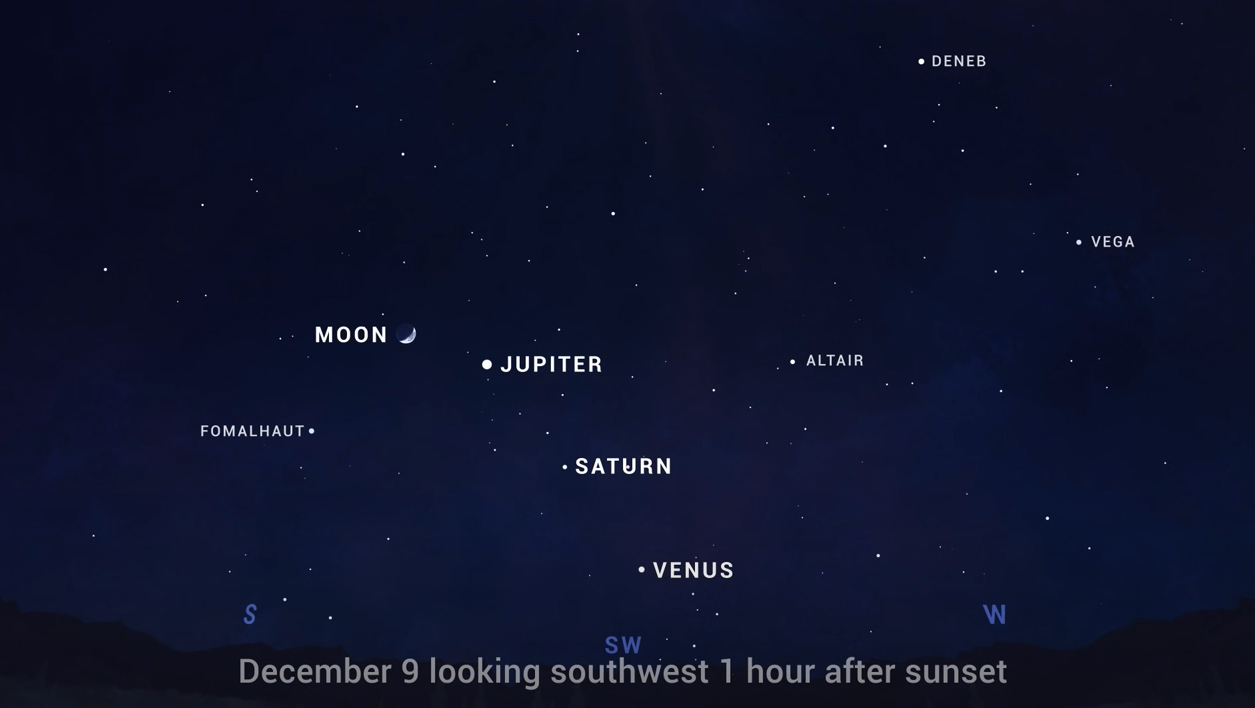
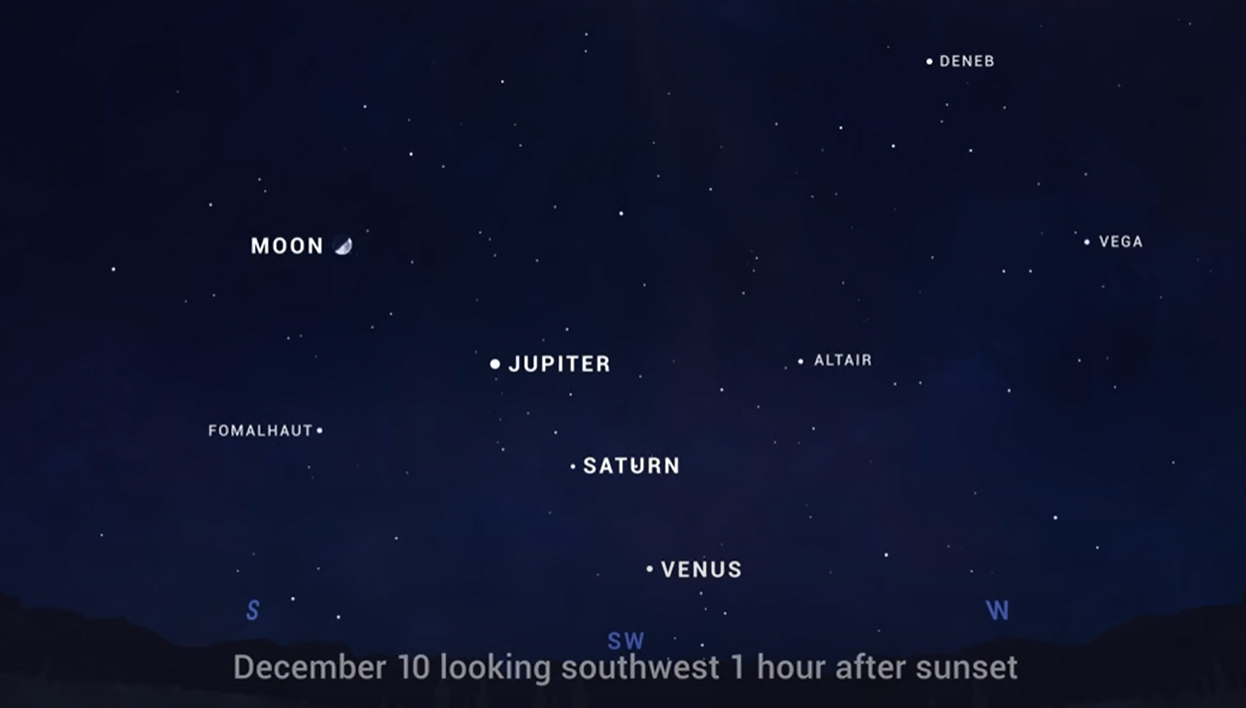
The agency advises you catch the view of Venus while you can, even in the cold. "Our cloud-covered neighbor planet will sink ever closer to the horizon during the month, disappearing for most of us by New Year's," the agency said, referring to Jan. 1 in the Gregorian calendar.
Breaking space news, the latest updates on rocket launches, skywatching events and more!
"It'll reappear in late January as a morning planet preceding the sunrise," NASA added, "and won't be back in evening skies until December of next year."
As we wait for Venus to reappear in 2022, you can also follow along with a wealth of new missions expected to target this planet in the coming years. The planet will also see some flybys in the coming years from two solar-focused missions: NASA's Parker Solar Probe and the European Space Agency's Solar Orbiter.
Follow Elizabeth Howell on Twitter @howellspace. Follow us on Twitter @Spacedotcom and on Facebook.

Elizabeth Howell (she/her), Ph.D., was a staff writer in the spaceflight channel between 2022 and 2024 specializing in Canadian space news. She was contributing writer for Space.com for 10 years from 2012 to 2024. Elizabeth's reporting includes multiple exclusives with the White House, leading world coverage about a lost-and-found space tomato on the International Space Station, witnessing five human spaceflight launches on two continents, flying parabolic, working inside a spacesuit, and participating in a simulated Mars mission. Her latest book, "Why Am I Taller?" (ECW Press, 2022) is co-written with astronaut Dave Williams.
